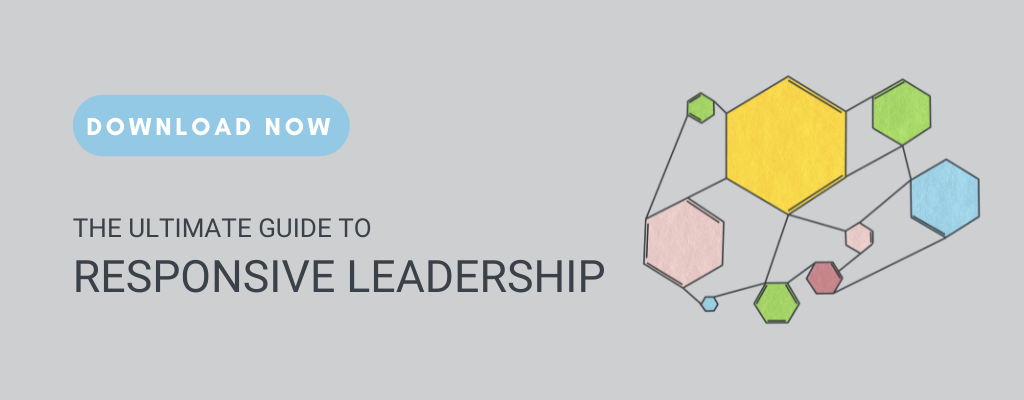One of my family’s favorite pastimes is playing the board game The Settlers of Catan. The winner is the first player to earn ten victory points. There are a variety of ways to earn victory points, which means that winning the game is a matter of both luck and strategy. The last time I played Catan, I started the game “lucky” by rolling the highest number and getting to place my settlements first. However, my husband’s strategy of waiting until the end of the game to build the “longest road” turned out to be more fruitful than my strategy of obtaining a two-for-one lumber port to gain the resources that I needed. (If none of this makes any sense to you, go play the game after you finish reading this blog post.)
As I wallowed in self-pity that my husband won, I reflected on the ways in which my job at Education Elements - supporting school districts through their strategic planning processes - is a lot like a cooperative version of Catan, one where everyone can win. While there are always luck-based factors that can impact the work (global pandemics and budget shortfalls come to mind), a strong strategy can help districts achieve their goals.
Keep reading for three tips to develop a strong and effective school district strategic plan that will earn you the victory points that truly matter.
TIP ONE: Build your plan with, not for, your community.
One of the reasons why many strategic initiatives fail is that they are developed by decision-makers without true, deep engagement with their constituents. Positive intent is not enough to ensure a positive impact.
An example I often share in district strategic planning sessions is the true story of a district that wanted to do something nice for teachers, who were feeling burnt out after a tumultuous return to school after pandemic-related school closures. The district decided to give teachers a surprise mental health day on what was previously supposed to be an instructional day. The only problem – they announced the mental health day around lunchtime the day before. Teachers weren’t exactly thrilled. Half a day’s notice did not give them enough time to schedule activities they might have liked to do with their day off, nor did it give them time to think about childcare, if they had children who were students in the district. Some teachers had planned assessments, important lessons, and even field trips for the following day, which now had to be rescheduled.
The frustration and negative impacts could have been avoided if this well-meaning district had planned with, rather than for, their teachers. Community engagement activities, such as surveys, focus groups, or 1:1 interviews, could have given them the information they needed to understand the unintended consequences of their initiative.
At Education Elements, authentic community engagement is woven into the fabric of our strategic planning process. We believe that the people who are impacted by decisions deserve a seat at the table when those decisions are being made. In fact, we recommend that key decisions about district strategic plans be made by a steering team that consists of students, family members, educators, and community members. It is remarkable how much more effective a strategic plan can be when it is developed by representatives of the groups that will be most impacted by the plan -- especially students.
To learn more about why community engagement is integral to the strategic planning process, check out this video I shared recently.
TIP TWO: If everything’s a priority, nothing’s a priority.
One of the most common challenges that district teams face when it comes time to pick initiatives to implement is that they want to do everything, all at once. In our work, we use protocols that are centered around the importance of prioritization, because we know that trying to implement too many initiatives at once is a surefire way to make sure nothing gets implemented well.
Former First Lady Michelle Obama recently had this to say about prioritization on the We Can Do Hard Things podcast: “Even in the White House, as First Lady, there were only a handful of things I could do, and if I tried to do too much, I would do nothing. That’s why I had to be strategic about picking a handful of initiatives.”
When facilitating the decision-making process, we use the impact and ease prioritization matrix. Teams take all of their ideas for initiatives and categorize them by the level of predicted impact and their relative ease or difficulty. Seeing initiatives organized by quadrants helps with both prioritization and timeline planning. A district may want to start by implementing a high-impact project that is relatively easy to implement to recognize an early win, knowing that some of the more challenging initiatives will take a longer time and more resources before the impact is achieved.
To learn more about the impact and ease prioritization matrix, check out this video.
TIP THREE: Plan for change, not perfection.
When districts begin work on a strategic plan, it can be tempting to strive for the “perfect” plan with “perfect” initiatives. Of course, those of us who work in education know that contexts can change rapidly, and things rarely go exactly as planned. By developing a strategic plan on the assumption that change is inevitable, districts can increase their flexibility, adaptability, and likelihood of having the impact on students they desire. Additionally, by embedding the mindset that “feedback is data,” districts can plan to reflect regularly on the success of the plan and pivot as needed to ensure that initiatives and activities are moving the district forward on a path toward actualizing its mission.
The COVID-19 pandemic is the quintessential example of an unprecedented event – one requiring pivots that no one could have predicted. But it also forced educators and administrators to develop expertise in “planning for change” virtually overnight. Throughout the duration of brick-and-mortar school closures, I worked in the special education division of a state education agency. My primary role during this time was supporting district directors of special education in ensuring students with disabilities continued to receive their services, accommodations, and interventions. Doing so required coming up with new innovations and collaborating with community service providers. The one thing that stayed constant through all of the change was the goal of equitably meeting student needs.
When we work with districts to develop strategic plans, we encourage them to view their mission, vision, and goals through the same lens as we viewed our work to meet student needs during the pandemic. Grounding your work in a clear Strategic Vision ensures flexibility without losing direction.
As long as there is a strong vision, it is advisable to build strategies that can shift as needed to actualize that vision. We also support districts in building implementation plans that incorporate quarterly or trimester retrospectives to build in the ability to pivot as needed.
The Victory Points of Strategic Planning
Over the past few years, I have come to love district strategic planning almost as much as I love winning playing Catan with my family. Seeing these moments unfold is what makes our K–12 Strategy work so meaningful, turning planning into lasting impact.
This job comes with its own, unique victory points:
- Though there are many great initiative ideas proposed during ideation, the steering team comes together and decides that the highest impact idea is implementing a circle of care so that each student has multiple adults to turn to when support is needed. Three points!
- A much-loved district superintendent retires, but the work of the strategic plan continues because the district planned for change and implemented initiatives that could outlast any one person. Five points!
- A 16-year old student in a design session says, “I feel like I am making my school better for my younger siblings and generations of students by participating in this process.” Priceless.
.jpg)






